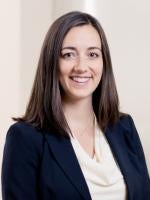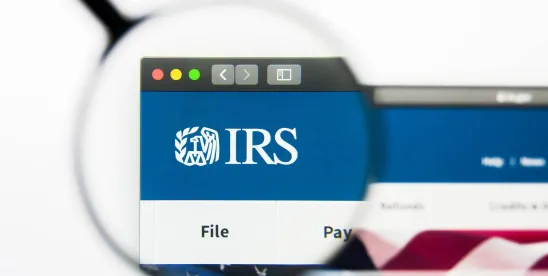CPACE stands for Commercial Property Assessed Clean Energy. It describes government programs where property owners borrow money to finance energy efficiency, renewable energy and other clean energy improvements. The amount is repaid, with interest, through voluntary property tax assessments. A CPACE arrangement involves an agreement with a state or local government that has a CPACE program, as well as a loan agreement with a lender. Because CPACE programs are administered at the state/locality level, there are differences from program to program, and tax consequences may differ by jurisdiction or program.
In Private Letter Ruling 202429003, the IRS considered whether CPACE assets arising out of six different jurisdictions (the particular jurisdictions were redacted) qualified as “obligation[s] . . . principally secured by an interest in real property” for purposes of the REMIC rules. The CPACE assets at issue were CPACE assessments that were recorded in the relevant land title records and represented a lien on the entire property, not just the clean energy improvements. If a property owner missed a CPACE installment, the CPACE asset owner had the right to seize the entire property to satisfy the outstanding balance. The CPACE assessment “runs with the land,” meaning that the property continues to be encumbered by the CPACE assessment until the borrowing is paid in full, including interest.
Based on these facts, the IRS concluded that the CPACE assets at issue could be included in REMIC securitizations. Although private letter rulings may only be relied on by the taxpayer to whom they are issued, the ruling is an indication of the IRS’s view on this issue. The private letter ruling did not address the treatment of CPACE assets for REIT purposes. REIT and REMIC guidance typically overlaps when interpreting similar terms. For example, it would be unusual for something to constitute “real property” for a REIT and not for a REMIC. Nonetheless, similar confirmatory guidance for CPACE assets in the REIT space would be welcome.
Patrick C. Tricker, Emily Benedict, and Zachary Roop contributed to this article









 />i
/>i

